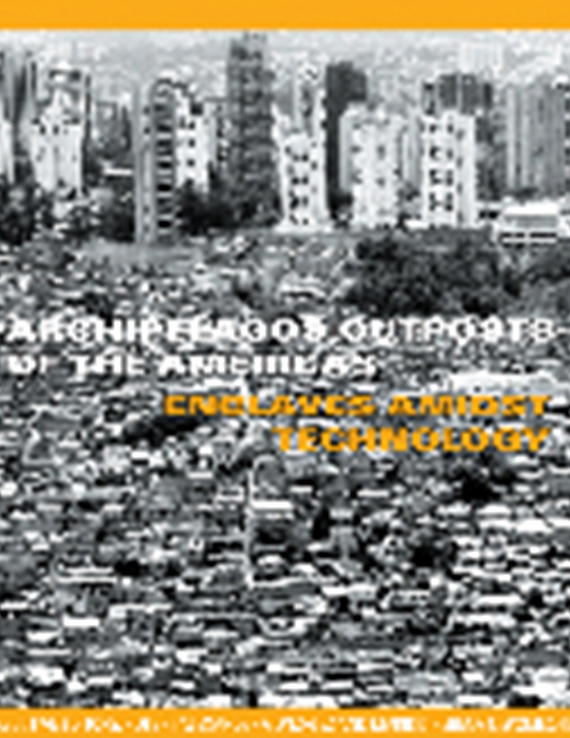Author(s): Fernando Lara
In most countries, Modern Architecture has never been popular. This statement is among the most publicized reasons for the failure of modernism (BROLIN, 1976; NEWMAN, 1980; VENTURI, 1966). In Brazil in the 1950’s, however, modernism was very popular. In fact, it lay at the core of the modern national identity and played a very important role in Brazilian culture of that time (SEGAWA, 1994, 1998; LARA, 1998). The 1950s in Brazil were a unique moment for the development of the nation’s self-image. This was due not only to the success of its modern architecture abroad, but also due to its optimism, relative political and economic stability and the acceleration of the model of national-developmentalism (FAUSTO, 1998; SKIDMORE, 1999), especially in the second half of the decade.The Brazilian case becomes even more singular when we consider the traditional divide between modernism/high-art/institutional and commercial buildings on one hand, and traditional styles/popular culture/houses on the other (HUYSSEN, 1986; COLOMINA, 1996). This divide between a traditional place to live and a modernist place to work has been a trademark of North-American modern architecture (OCKMAN, 1996; SCOTT-BROWN, 1977), but not the case in Brazil. The fact that the Brazilian middle class of the 1950s adopted modernism as its desired and fashionable style is a very intriguing deviation, a phenomenon that deserves study and that contributes to a broader understanding of Brazilian modernism in general and to the rethinking of 20th century architecture in the Americas.
Volume Editors
Marilys R. Nepomechie & Robert Gonzalez
ISBN
0-935502-54-8

 Study Architecture
Study Architecture  ProPEL
ProPEL 
